Or how to bop your BBQ cooking chops
(Say that 10 times real fast!)
No doubt you have heard of Low n Slow cooking or are somewhat familiar with this cooking concept. So, let’s cover a little history and how you can up your BBQ game and become the pit master you always knew you could be.
While no one can rightfully claim to have invented it (Aboriginals from the African continent & the Americas had long used it), this cooking method was further developed in early colonial times to improve poor cuts of meat left for enslaved and low-income people (for example ribs and briskets).
Perhaps it would be best to first clear up a misconception. When referring to “BBQ”, many people mean outdoor cooking in general, be it done on charcoal, gas or electrical. Technically, BBQ refers to a low and slow cooking method done over charcoal. “Grilling” is the appropriate term for most outdoor cooking. However, the Low n Slow method can be used on any type of ovens/grills/BBQ.
Note: What this article is NOT about… We are not suggesting that every single meal should be done this way. If you enjoy steaks, tandoori, satays, burgers and any thing that tastes better with a quick searing and grilling then by all means keep doing so.
Now with this out of the way…
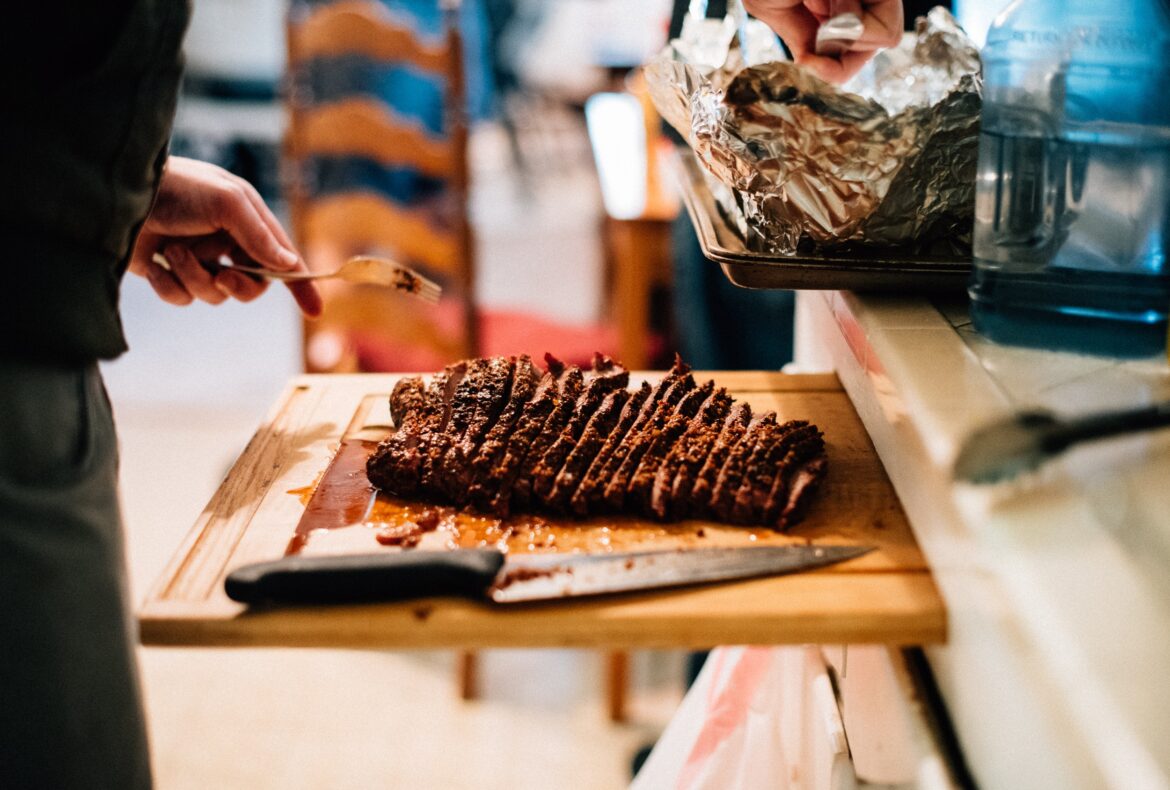
How can it benefit you?
Has this ever happened to you? You slaved endlessly preparing a large cut of meat (Turkey, Roast etc). You bought the best ingredients and carefully plated your dish to find out the meat was somewhat tough and dry. Especially, the exposed outer layer. How can this be? You followed the recipe exactly as stated.
Well, my friend I am here to save your bacon (or roast or whatever). Because the secret is low and slow cooking.
First: Let’s review some ol’ time common cooking wisdom:
- Cooking temperatures – Cookbooks will typically tell you to cook a large cut of meat between 300 F to 450 F (150 to 200 C)
- Meat temperature – The FDA state the ‘safe’ finished internal temperature of poultry is 165 F (74 C). Cookbooks will vary depending on the type of meat and it is not unusual to see temperature range from 145 F to 175F (63 C to 80 C) or more.
- Bacterial poisoning – There is a fear that cooking at lower temperature will encourage the growth of bad bacteria like salmonella.
- Meat Moisture – Injecting, braising, searing, brining, basting or other methods will keep meat moist.
You may be surprised that most of the above is, if not completely wrong, then somewhat off the mark.
If you’re thinking “many people have eaten in my kitchen & have gone on to live and tell the tale” and your cooking style is “The speed at which I can open a can of beans during a commercial break is amazing..!!” Then this article may not be for you, otherwise read on and be amazed!
Food Science and the Art of Cooking
Food science to the rescue! There is such a thing as food scientists whose job is to understand why food behaves the way it does when we cook it, spice it, brine it etc.
Think of it this way, food is made up of chemical elements that react differently when exposed to heat (cooking) or other chemical elements (spices, oil, vinegar, and others). So, it makes sense to understand these principles since this is what distinguishes a good meal from an AWESOME meal.
There are many good books written on food science and at the end of this article, I will share some links.
Now, let’s demolish some myths…
- Cooking temperatures – Cooking at high temperature for large cuts of meats have the following disadvantage:
- For large cuts of meat if you cook at high temperature you are in effect cooking the exterior faster than the interior. When your meat thermometer registers 155F (68 C) in the deepest part of the cut, the outside is likely registering 175F (79 C) or higher. And now why your cut of meat is dry on the outside is solved.
- Why are cookbooks continuing to push high temperatures when cooking? The science of cooking is reasonably new and old habits die hard. Further, it could be they want to allow for a safety margin since they have no control on how you cook and measure temperature.
- Meat Temperature – Food scientists state that when most meats reach an internal temperature of approximately 140F (60 C), the molecular structure of the cells is now fixed. That is, it will not absorb any more flavours, spices, smoke, or moisture. Past this temperature is ‘Zero Net Gain’.
- However, the level of ‘doneness’ is to a great extent a matter of preference. From eating a ‘blue’ cut of meat to one that has texture of shoe leather is up to you as long as you practise safe cooking protocols.
- Would it not make sense therefore to cook your cut of meat at a lower temperature? For example, cooking your roast or Turkey say between 175F to 225F (80 to 110 C) ? I know, I know it will take forever you say. I’ll get to that later.
- Starting in the 1960’s this principle has been used in the sous-vide method (French for “Under Vacuum”) to pasteurize and sterilize food. In 1974 French chefs Pierre Troisgros and Georges Pralus experimented with this method to make food taste better. In the sous-vide method the Chef places a cut of meat in a vacuumed plastic bag in warm water from 125F to 155F (52 to 68 C) typically for 12 hours or more. These Chefs found not only cuts of meat tasted better but retained their moisture too! (BTW this great The Best Method for Making Bacon | Kitchn (thekitchn.com) evaluates the best ways of cooking bacon and surprisingly the Sous-Vide method came as one of the best!)
- Bacterial poisoning – did you notice why the sous-vide method was initially introduced? It was designed to “Pasteurize and sterilize” food while keeping its flavour. In other words, low temperature and prolonged period of cooking will kill more bacteria than traditional cooking method. Why is that?
- Microbes multiply at temperatures in the microbe growth zone, between 40 to 130F / 5 to 55C. Traditional cooking methods tend to cook the outside of the meat first. However, the inside does not have the same opportunity to stay at prolonged higher temperature as the surface. Therefore, there is a heightened chance of bacterial contamination if not cooked thoroughly. The larger the cut of meat, the more this is so.
- The only way to eliminates all microbes and toxins from food is to pressure-cook it for hours and consume it immediately. But then again, nobody is coming over to eat that grey mush.
- Meat moisture – Cooks will go to great lengths to keep meat moist and use all sorts of techniques such as foiling, brining, injecting, braising etc. to do so.
- But… did you know meat proteins only will retain as much water as it initially starts with?
- Foiling is required if you cook at high temperature (for example turkey drumsticks) to prevent them from overcooking and drying out. No need to do so with Low n Slow (and it rhymes too!).
- Braising / Searing are good cooking method for enhancing the taste of meat. However, it does not “seal the juices in” as some believe.
- Brining or injecting a brining solution: This method will improve your cut of meat’s ability to retain moisture and tenderness. It has the added benefit to add flavour if you add spices and other seasonings. The drawback is it dilutes the meat’s own flavorful juices with tap water, and usually make the pan juices too salty for deglazing into a sauce or gravy.
- Basting: Frequent basting or “mopping” will slow the cooking significantly. Opening the heating appliance door interrupts the heating process and cools the meat surface by evaporation. And it does nothing for meat moisture.
- The key to moist, tender foods is careful temperature control, no matter what the cooking method (keys to good cooking, Harold McGee)
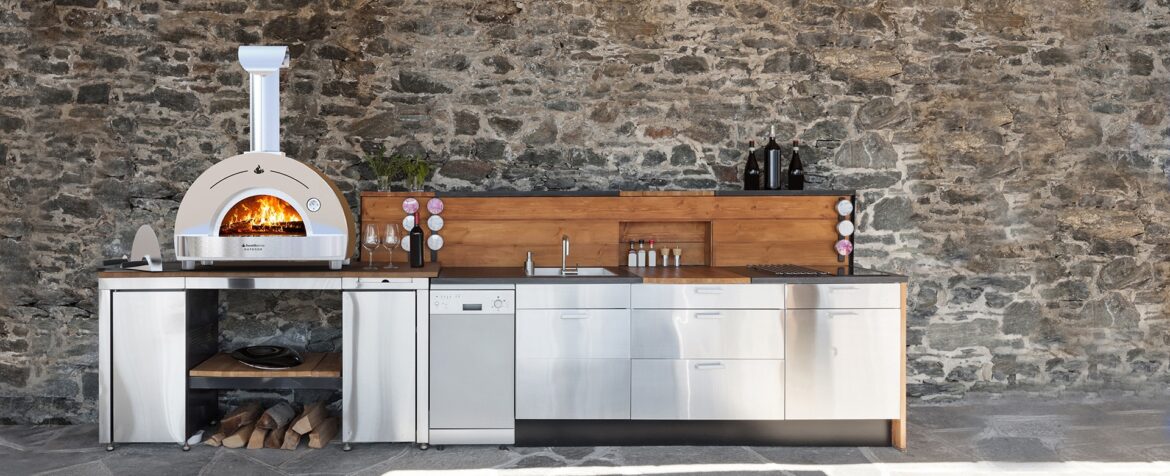
Conclusion?
Cooking Low n Slow is a proven cooking method used for centuries if not millennia to improve the taste of meat while retaining moisture. Our recent understanding of food science further refines how anyone can use it. It is a particularly good way to cook large cuts of meat.
If you have a bit of a lazy bone in the kitchen as I do, as an added bonus it is one of the easiest ways to cook. Add some spices, put it in the oven and leave it be. No need to check on it or baste. Have a drink, watch the game, and wait for the dinger or programmable thermometer notify you.
Where do you go from here?
If you don’t have one already invest in a good quality quick read digital probe thermometer (or better yet a programmable ‘always on’ probe thermometer) at your nearest WE LOVE FIRE dealer. It will be one of your best kitchen investments to ensure you provide delicious and safe meals.
I would also strongly suggest investing in some good reference books on food science (suggestions below).
Finally, the best part of cooking is experimenting. If you are unsure of cooking as low as 160 F (70 C) or less, start at 250 F (120 C) and eventually work your way down.
The next articles will provide ideas on how to cook your best turkey ever with the Low n Slow method and how to reduce cooking time even with this method. We will outline this approach using various indoor and outdoor cooking appliances.
Finally, amateur pit masters are always on the lookout for the Holy Grail of BBQ – amazing pork ribs. How can you get them as good as those on the championship circuit? We will provide tips and tricks on how to achieve them with the Low and Slow method. You will never look back again!
Food science books reference links:
- The grand daddy of all science cookbook – On Food and Cooking: The Science and Lore of the Kitchen by Harold McGee.
- Keys to Good Cooking: A Guide to Making the Best of Food and Recipes – By the same author. A follow up to the above book. A good reference book to keep on hand.
- Another particularly good one is the Food Lab: Better Home Cooking Through Science by J. Kenji Lopez
- Since I have not read from the other authors feel free to peruse other books in the following links along with their reviews.
All the best and remember… be the Pit-Master you always knew you could be!
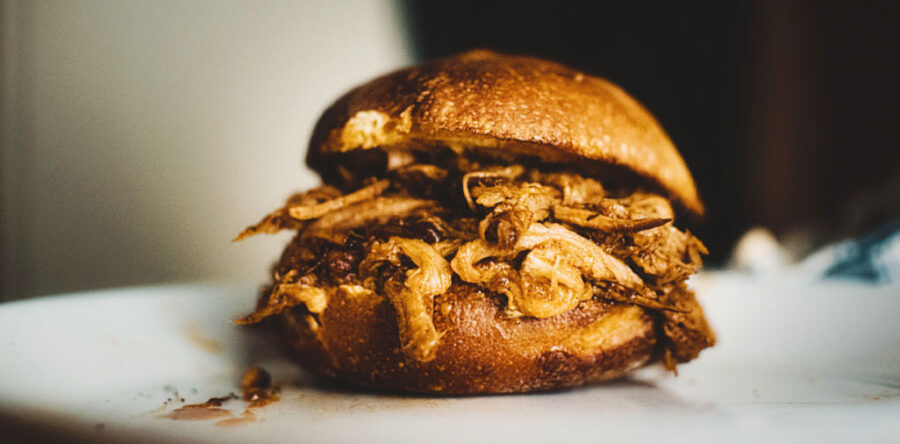

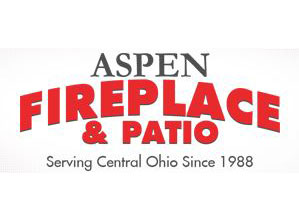
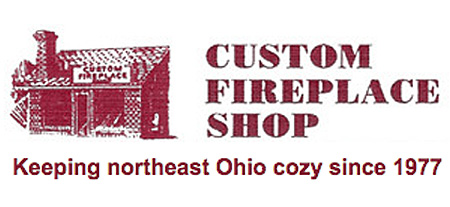
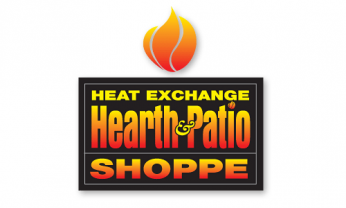




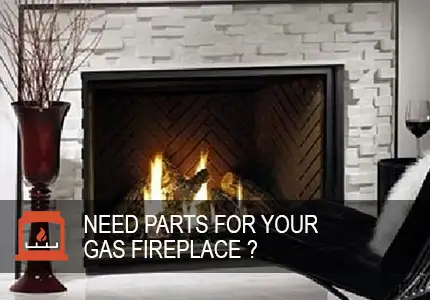
0 Responses